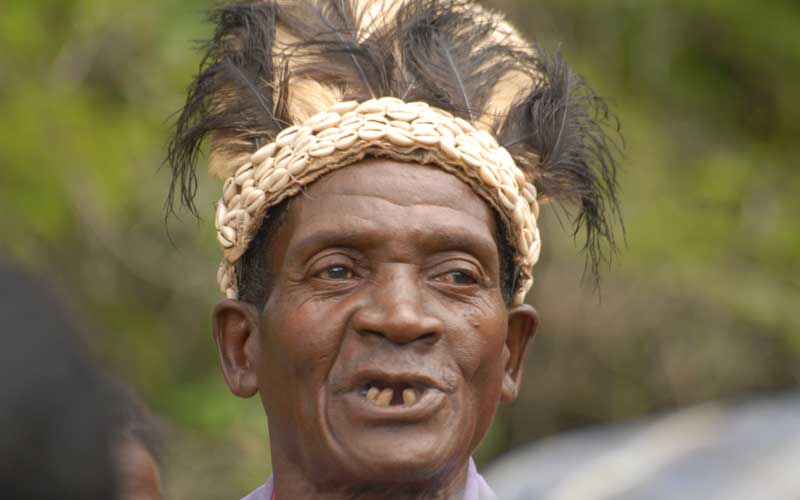×
The Standard e-Paper
Stay Informed, Even Offline

“Kaya, Kaya, Kaya!” the slim man calls out like a seer, his voice echoing and reechoing below the forest canopy.
Startled, a pair of love birds take to flight, leaving behind an army of dragonflies to dance in the mid-morning heat.